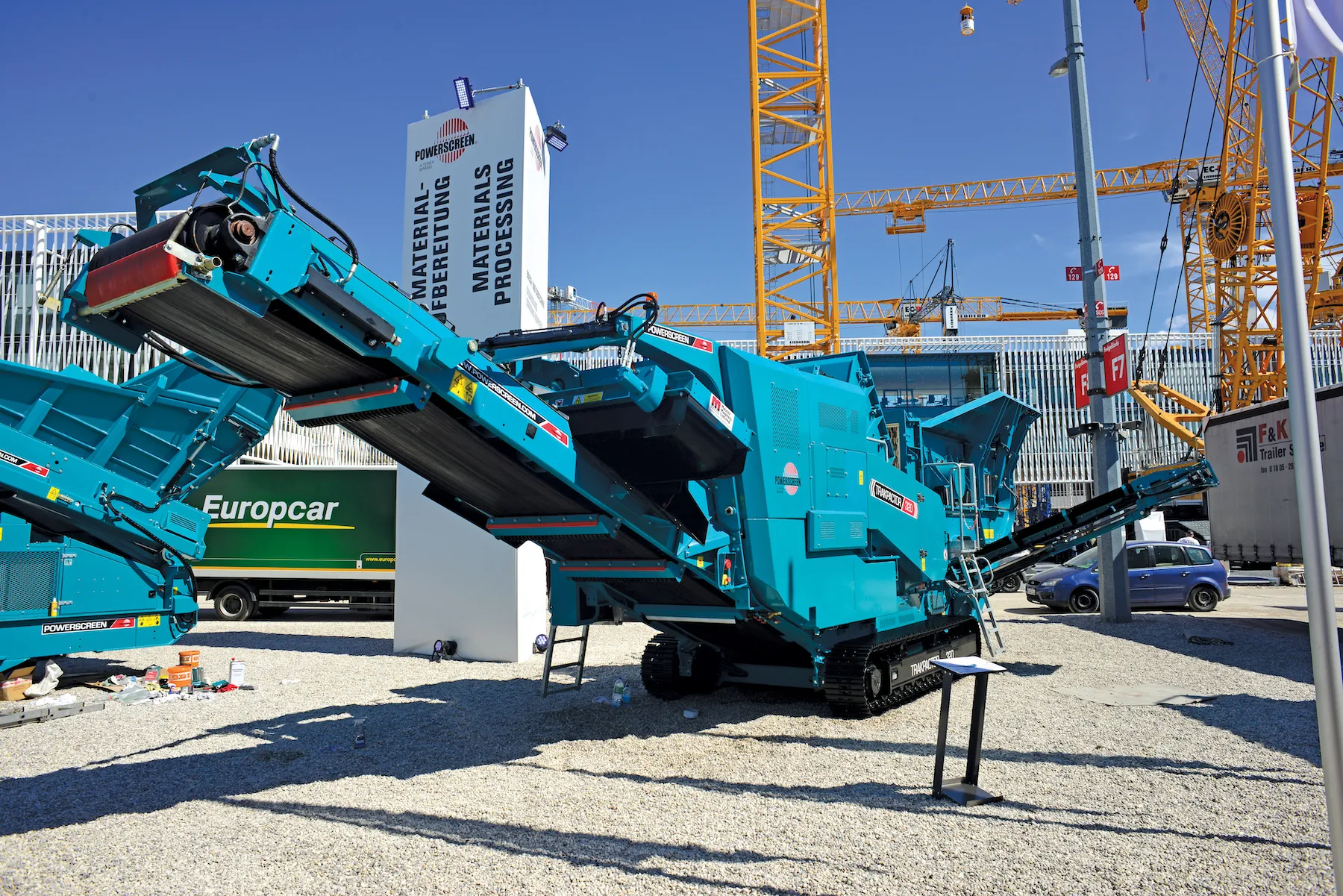Embracing change; handling data as an evolutionary process, Mike Woof writes
However, the new iModel 2.0 cloud platform and its first new service, iModelHub, now being introduced by Bentley could deliver a quantum leap. This offers users of the ProjectWise design integration services package the option to speed up the process of going digital.
The existing ProjectWise Design Integration service from Bentley Systems has proven highly successful. This package manages file-based workflows for project delivery and is able to cope with the often disconnected nature of infrastructure project work packaging and collaboration. By adding the new iModelHub package Bentley is benefiting from its partnership with
The iModelHub package tracks project changes on a timeline, and notifies project participants, based on their ProjectWise workflow configuration, about the availability of relevant changes. Users can choose to synchronise from particular timeline milestones, allowing them to understand the impact of ongoing changes.
Keith Bentley, chief technology officer at Bentley Systems provided some context to this launch. He said that in the early 1980s as a student he listened to a presentation on the coming importance of personal computers by one Bill Gates, which influenced him strongly and led to the founding of Bentley Systems. “It was a once in a lifetime experience,” he said, adding that this latest advance will be just as significant. “Not everyone is lucky enough to have two once in a lifetime experiences,” he joked.
Bentley said that the firm has made major progress and explained, “Back in 2009 we introduced iModels.” This delivered a step change and he continued, “It began to be used outside of design.”
Bentley explained that the original iModel 1.0 was basically a container for information. It could be used to store images, 2D and 3D files and a range of other information. However he explained that the iModel 2.0 is also a relational database and said that is advance is about ‘embracing change’.
“Most people think of the cloud as a large supercomputer with almost infinite power.”
Although iModels are now widely used in industry, Bentley said that the way these are utilised leave much to be desired, “The problem is their data is stored by a programmer who has only one intention.”
He continued, “We can’t leave data in this tangled mess. We need to be able to use it. Change is not an inconvenient truth we can ignore.”
The iModelHub offers an efficient solution and he said, “We need a place to store this change. It is not there to store iModels, it is there to store change.”
Rather the containing files in the conventional sense, the iModelHub is the repository of change. Bentley said, “If iModelHub stores the change, where is the master copy? My master copy is the timeline. We have to embrace change. Let’s visualise that change and show what’s different.”
To provide the full range of analytics across multiple projects, and for connected assets, iModel agents can be programmed for each subject. Users can be notified of project-level changes by iModelHub and the system filters updates, providing accessibility of infrastructure engineering model data for compliance and safety. Capacity is less of an issue and he said, “Another important place where iModels are going to be stored is in the cloud.”
The technology is still in development but Bentley said, “We are working on going live with its iModelBridges solution at the beginning of next year.”
He added, “I think it’s the most exciting thing we have ever done.”
All change – the evolution of data
Bentley Systems believes that it is on the cusp of a revolutionary step in computing that will boost the working efficiency of companies right across industry. Bhupinder Singh, chief products officer at Bentley Systems explained that its key advance will allow firms to utilise what they already have, but more efficiently.
October 13, 2017
Read time: 4 mins








